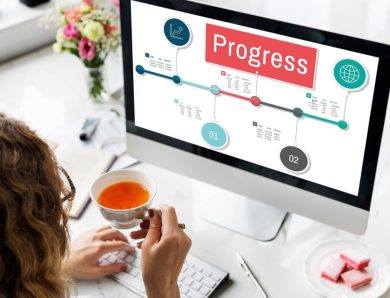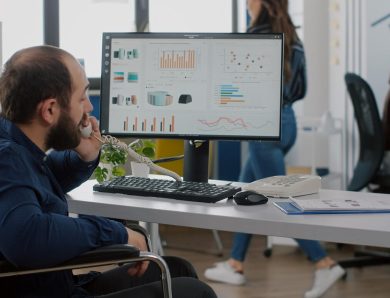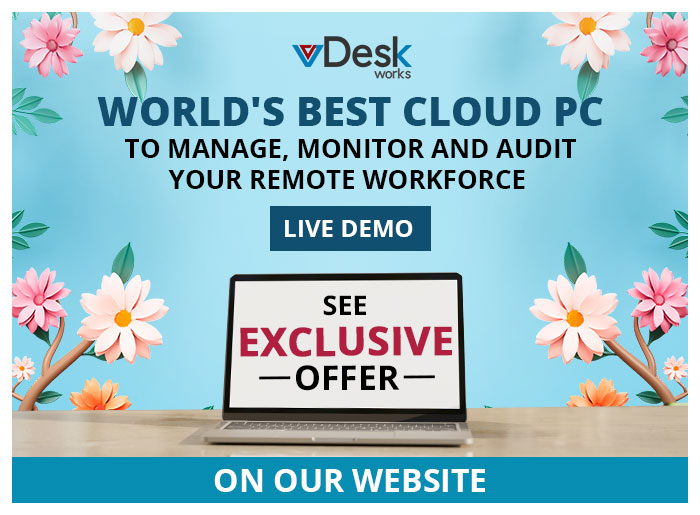
Why Employee Monitoring Software Is Essential for Remote Teams in 2024
The rise of remote work has fundamentally transformed how businesses operate. As teams become increasingly distributed, traditional management methods face new challenges, particularly in tracking productivity, ensuring accountability, and maintaining effective communication. Employee monitoring software has emerged as a critical tool for overcoming these challenges, providing remote teams with the visibility and insights needed to thrive in a virtual environment.
The Evolution of Remote Work
Remote work, once a niche offering, has become mainstream, driven by advancements in technology and shifting workforce preferences. Companies have adopted remote work models to attract top talent, reduce overhead costs, and enhance flexibility. However, this shift has also introduced complexities in managing teams who are not physically present in the office.
The Challenges of Managing Remote Teams
- Productivity Tracking: Without the ability to observe employees directly, managers may struggle to assess productivity and ensure that work is being completed efficiently. Remote employees may face distractions at home or experience difficulties staying motivated without in-person supervision.
- Accountability and Compliance: Ensuring that employees adhere to company policies, meet deadlines, and comply with industry regulations can be more challenging when teams are dispersed. Managers need effective tools to monitor performance and maintain accountability.
- Communication and Collaboration: Remote work can create barriers to seamless communication and collaboration. Misunderstandings and delays can occur when team members are not physically present, impacting project timelines and team cohesion.
- Security Concerns: With employees accessing sensitive company data from various locations, safeguarding information and preventing data breaches becomes a critical concern. Ensuring that employees follow security protocols and use company systems properly is essential for maintaining data integrity.
How Employee Monitoring Software Addresses These Challenges
Employee monitoring software offers a range of features designed to address the unique challenges of managing remote teams. Here’s how it can be instrumental in overcoming these hurdles:
- Enhanced Productivity Tracking
- Time Tracking: Employee monitoring software enables precise tracking of work hours, breaks, and overtime. By automatically recording time spent on tasks and projects, managers can gain insights into individual and team productivity. This helps in identifying areas where employees may need additional support or training.
- Activity Monitoring: Some tools offer real-time monitoring of employee activities, including applications used, websites visited, and screenshots of work processes. This data helps managers understand how employees are spending their time and ensure that they remain focused on work-related tasks.
- Improved Accountability and Compliance
- Performance Metrics: Monitoring software can generate detailed reports on employee performance, including task completion rates and project milestones. These metrics help managers assess whether employees are meeting their goals and adhering to deadlines.
- Compliance Tracking: For industries with strict regulatory requirements, monitoring software can track compliance with internal policies and external regulations. Automated alerts can notify managers of potential violations or deviations from standard practices.
- Facilitated Communication and Collaboration
- Integrated Communication Tools: Many monitoring solutions integrate with communication platforms, allowing team members to collaborate seamlessly. Features like chat, video conferencing, and file sharing help bridge the gap created by physical distance.
- Project Management: Employee monitoring software often includes project management features that enable teams to track progress, assign tasks, and set deadlines. This helps ensure that everyone is aligned and working towards common objectives.
- Enhanced Security
- Data Protection: Monitoring tools can enforce security protocols by tracking access to sensitive information and detecting unauthorized activities. This helps prevent data breaches and ensures that employees adhere to security best practices.
- Audit Trails: Detailed logs of user activities provide a comprehensive audit trail, allowing managers to review actions taken on company systems. This can be crucial for investigating security incidents and maintaining data integrity.
Choosing the Right Employee Monitoring Software
Selecting the right employee monitoring software involves evaluating various factors to ensure it aligns with your organization’s needs. Consider the following when choosing a solution:
- Features and Functionality: Assess the features offered by the software, such as time tracking, activity monitoring, communication tools, and security measures. Ensure that the software provides the capabilities needed to address your specific challenges.
- Ease of Use: The software should be user-friendly for both managers and employees. A complex or cumbersome system can lead to resistance and undermine its effectiveness.
- Integration: Look for software that integrates with your existing tools and systems, such as project management platforms and communication channels. Seamless integration can enhance productivity and streamline workflows.
- Compliance and Privacy: Ensure that the software complies with data protection regulations and respects employee privacy. Transparent policies and clear communication about monitoring practices are essential for maintaining trust.
- Support and Training: Choose a vendor that offers robust support and training resources. This can help ensure a smooth implementation and provide assistance in addressing any issues that may arise.
The Future of Remote Work and Employee Monitoring
As remote work continues to evolve, employee monitoring software will play an increasingly important role in ensuring that teams remain productive, accountable, and secure. Advances in technology, such as artificial intelligence and machine learning, will likely enhance the capabilities of monitoring solutions, providing even deeper insights and more refined tools for managing remote teams.
In conclusion, employee monitoring software is not just a tool for oversight but a critical component of a successful remote work strategy. By addressing productivity, accountability, communication, and security challenges, these solutions enable organizations to harness the full potential of their remote teams and achieve their business objectives. As remote work becomes more prevalent, investing in the right monitoring software will be essential for maintaining a high-performing and compliant workforce.






No Comment